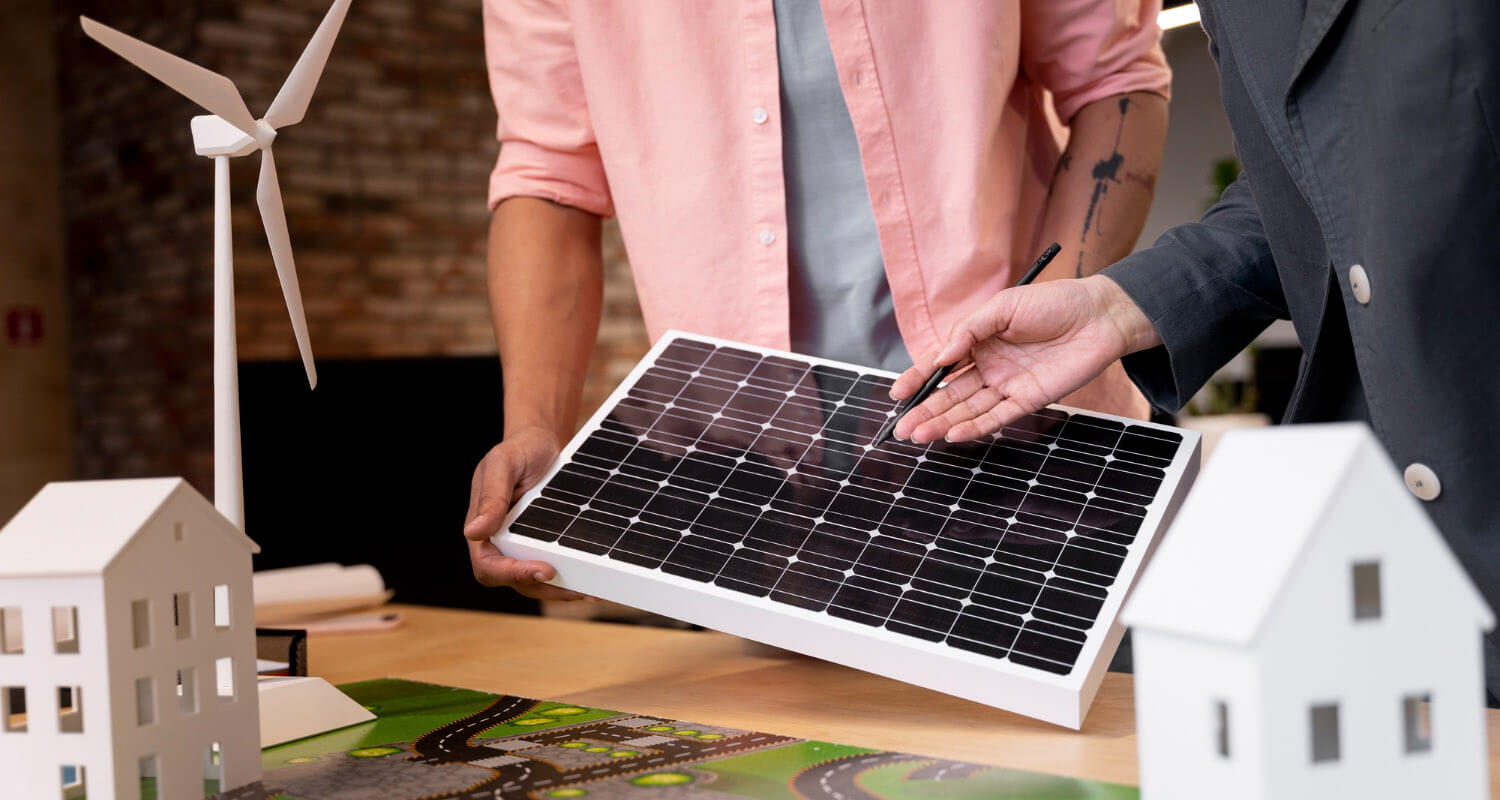To embrace the green energy approach of using solar energy has really picked up ground in the recent past. Many people are now investing in the installation of solar panels since they help cut the costs of electricity and promote the environment. However, this is not the end of the journey, and the panels, are not installed without proper grounding also.
Like any other loans, solar loans have terms, interest rates, and conditions that are not necessarily constant and which cannot always be favorable. However, there is more than just the answer to the question of whether one can you refinance a solar loan or not. The purpose of this article is to explain what refinancing solar loans entails, including the possibilities the difficulties, and the stages of the process.
Read also: How To Get A Loan For A Dump Truck
What is a Solar Loan?
Solar loan refers to the kind of loan that is provided to homeowners to enable them to buy solar panel systems but not the full cash amount. It is not necessary to allow borrowers to pay a large sum of money at once but it can be paid gradually, as in a car or house. Solar loans usually have fixed interest rates whereby the period of loan can stretch from several to over ten years depending on the provider and the agreed amount of credit.
Why Refinance a Solar Loan?
The following are therefore benefits of refinancing a solar loan: The first one is to get a lower interest rate hence paying less in terms of monthly installments thus saving on the overall cost of the loan. The interest rates that you are offered when you are asked to refinance the loan may be better if your credit rating has changed since obtaining the loan or the interest rates in the market have dropped.
Also, with refinancing, one can also change its term in relation to the monthly payment, either increasing it to qualify for longer-term or decreasing it to complete the payment within a shorter time. It can also be used to pay off bills making your financial structure more organized.
Key Reasons to Refinance:
- Lower Interest Rates: Another reason why people usually choose to refinance is to have a lower interest rate on the loan, thereby bringing down the monthly payment as well.
- Better Loan Terms: You might wish to transfer to a loan that has a shorter or longer repayment period depending on the situation.
Consolidating Debt: It brings comfort if one has many loans as it allows him/her to combine them in one that can be paid through a single installment. - Improved Cash Flow: Reducing your monthly payment means you get more capital to spend on other needs or perhaps to be channeled towards various ventures.
The Refinancing Process
- Evaluate Your Current Loan: Study the terms of the solar loan you already have if you do not want to apply for a new one. What’s the interest rate? How many years of your life are you willing to give up in order to pay for that? Is there any possibility of facing prepayment penalties?
- Check Your Credit Score: The next thing is that your score in credit will help define the interest rate that you can be given when you apply for refinancing. When the credit score is high you get an opportunity to borrow at favorable terms.
- Shop Around for Rates: First or any convenient refinancing proposals that loan providers will present to you, do not just accept such proposals without consideration. There is always a comparison between lenders’ offers so that one chooses the best option to apply for.
- Calculate the Costs: They also need to be aware that when refinancing there is usually closing costs and fees that a person gets charged. Remember always to do an analysis and if the cost of refinancing does not meet the benefits or the savings that would be key in cutting expenses then it is not necessary.
- Submit Your Application: After choosing your ideal lender, you’ll have to download an application form that is similar to what you filled out to acquire the solar loan.

Can You Refinance A Solar Loan
Benefits of Refinancing a Solar Loan
- Lower Interest Rates:
Probably the greatest advantage that the homeowner gains by refinancing is the possible opportunity to obtain a lower interest rate. This is even more important because sometimes all it takes to cut down the cost is a slight decrease in the rate, and in the long run, the money saved can be in the thousands. Lower rates are normally a result of a rise in credit ratings or changes in market forces.
- Shorten the Loan Term:
If you’re more financially stable right now after getting your loan you can opt for a shorter repayment term. This would assist in reducing the interest rates charged on the loan and enable one to clear the loan in advance leading to a regular monthly payment.
- Extend the Loan Term:
On the other hand, if your personal financial situation has worsened in any way, you could choose to have longer loan durations when refinancing. Although this would mean paying more interest on the loan in the long run, it will decrease your monthly payments and provide some relief.
Challenges of Refinancing a Solar Loan
In this context, the following are the main difficulties of refinancing a solar loan: First of all, there are some charges for example; origination and prepayment penalties that could eliminate the possible cost savings that may be accrued from interest differential. The process and paperwork as well as approval might take a while, it may take weeks or even months.
Also, although it’s possible to lower monthly installments when adding more years to the credit term, this will mean paying the state more interest in the long run. That is why borrowers need to consider these factors to understand whether refinancing works for their benefit or not.
Read more: Can An LLC Get A Home Equity Loan
Who Should Consider Refinancing?
People who stand to benefit from refinancing a solar loan are those who have enhanced their credit rating and therefore they can access a better rate of interest. It is also a favorable one for those who would wish to have lower monthly installments by elongating the price tenure or for those willing to clear the loan within a shorter period.
In the same regard, homeowners who have several loans which they feel can be combined into one payment should refinance their homes. But, the decision taken must be preceded by a proper cost-benefit analysis.
Conclusion
People may opt for refinancing a solar loan and this can be useful because one can be able to reduce the interest rate of the loan, change the period of the loan, or combine several loans. However, one has to be careful not to get out of hand with the costs by comparing them with the advantages to be derived from the venture.
By looking into your current financial situation, comparing what different lenders offer, as well as assessing the implications that the loan would have on your future financial status, one is in a position to make the most suitable decision for him or her. Refinancing can be used to achieve great results if one needs to minimize the expenses or to boost the cash inflow; Nonetheless one should not always use refinancing. This means that one should take his/her time to compare between them and seek the service of a financial planner if the case is warranted.
Is it Possible to Refinance with the Current Lender?
Yes, you can refinance, but to ensure that you grab the right offer you should consider going around looking for the best offer from the same company.
How Long Does the Refinancing Process Take?
The refinancing process may take several weeks to several months depending on the refinancing company and the time that you will be taking to furnish the companies with relevant documents.
What Other Options Are There to Refinancing?
If refinancing is not feasible for you then there are other strategies that are available such as refashioning of terms of the current loan or simply prepaying to liquidate the loan.

